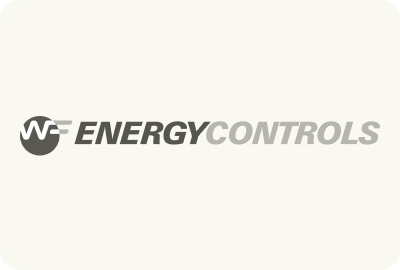





• Exploration companies
• Small mining operators
• Remote site camps
• Drilling operators
• Resource servicing businesses
• Major mining companies
• Multi-site resource operators
• Processing facilities
• Remote operational hubs
• Industrial extraction groups

• High equipment usage
• Remote access issues
• Variable load patterns
• Contract complexity
• Seasonal site demands
• Large machinery load management
• Peak demand penalties
• Multi-site contract alignment
• Limited visibility across camps
• Specialist procurement needs
Energy is used for heavy machinery, processing equipment, pumping systems, site camps, ventilation, lighting and HVAC in operational buildings. Remote sites also rely on generators or hybrid systems that increase overall costs.
Usage varies due to different operational stages, ore processing requirements, equipment load, site temperature and the number of active work areas. Remote locations also face higher supply and infrastructure costs.
Operators can reduce costs by reviewing tariffs, comparing plans, managing equipment schedules, improving HVAC settings in site buildings, upgrading inefficient machinery and monitoring energy use to identify high-load periods.
Large operators experience high consumption from continuous processing, large machinery, pumping systems, ventilation, refrigeration and HVAC in site camps. Running these systems concurrently increases peak demand charges.
They can align contract end dates, benchmark usage across sites, install monitoring systems, review tariffs, upgrade older equipment and use data insights to identify operational peaks. This improves both cost control and load management.





































